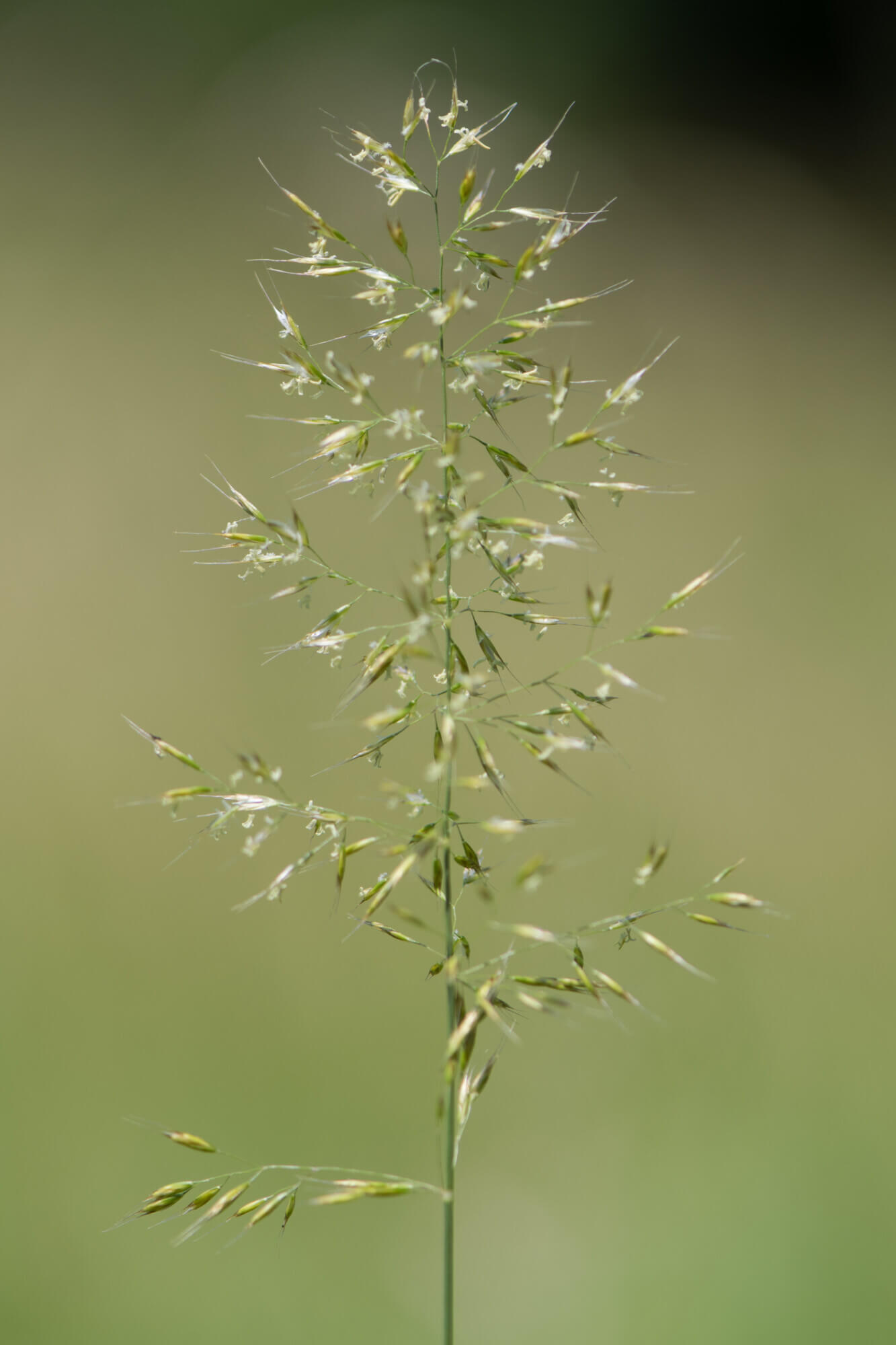Yellow oat grass (Trisetum flavescens) prefers moist, well-drained soils that are fertile and moderately acidic to neutral in pH. It can tolerate a range of soil textures, including sandy, loamy, and clay soils, but it generally performs best in soils that retain moisture without becoming waterlogged. Good soil drainage is essential for yellow oat grass, as it helps prevent root rot and other moisture-related issues. While the grass can adapt to various soil conditions, it tends to thrive in locations where the soil is rich in organic matter and nutrients, supporting healthy growth and development. These preferences make yellow oat grass well-suited for cultivation in meadows, open woodlands, and other temperate habitats where these soil conditions prevail.
